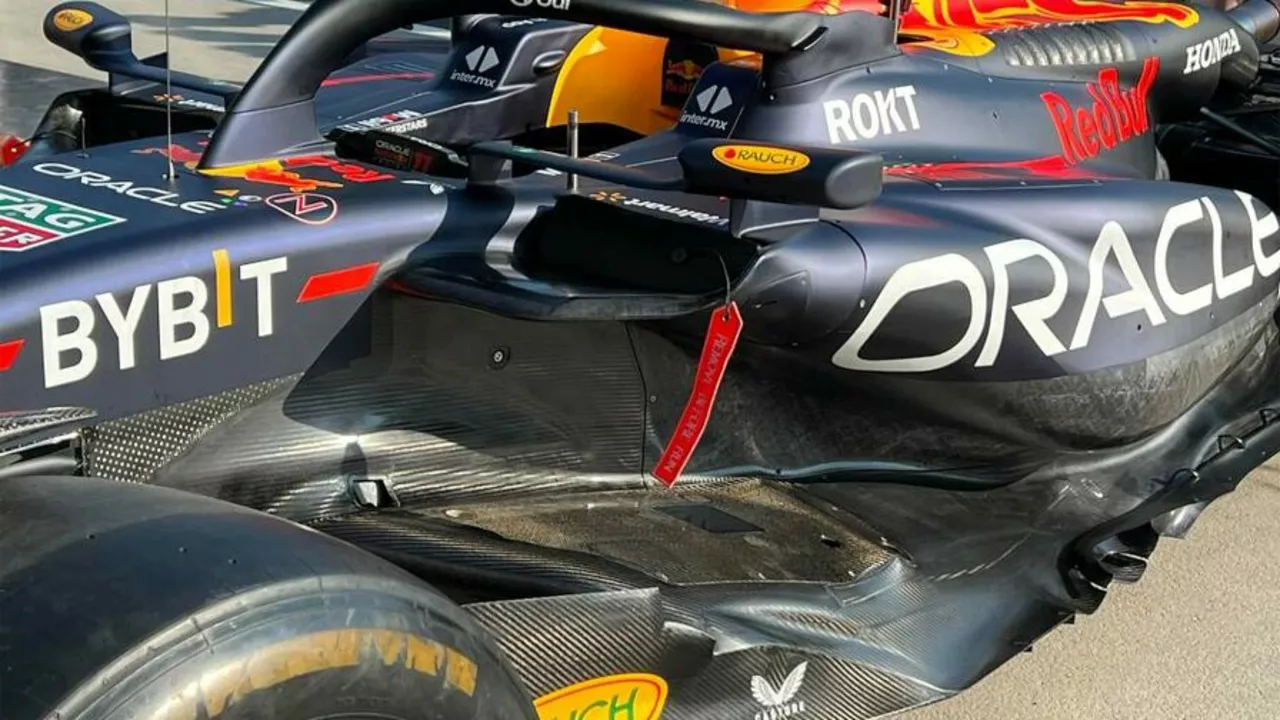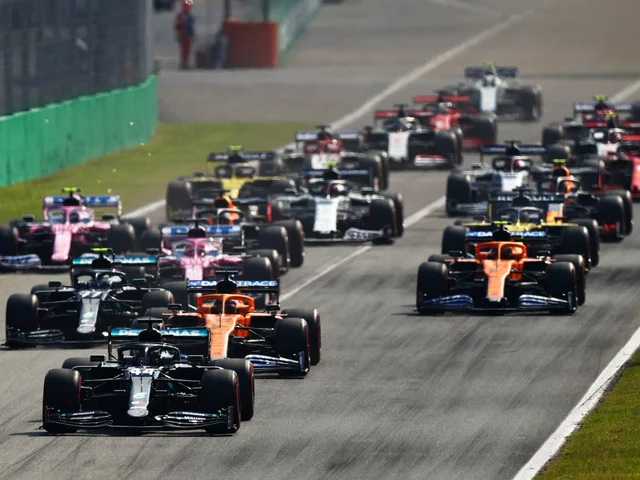Introduction to Motorsports
As a motorsports enthusiast, I have always been fascinated by the adrenaline rush that comes with high-speed racing. Both MotoGP and Formula 1 are thrilling sports, but they are also inherently dangerous. These races test the limits of vehicles and humans alike, pushing them to extreme speeds on challenging circuits. This fast-paced, high-risk environment is a part of the allure, but it also raises concerns about the safety of the drivers and riders.
Understanding MotoGP
MotoGP, short for Motorcycle Grand Prix, is the premier class of motorcycle road racing. This motorsport is widely regarded as the most dangerous form of racing. Riders maneuver high-performance motorcycles at breakneck speeds, often reaching over 200 miles per hour. The riders are exposed, without the protective shell found in car racing, making them vulnerable to severe injuries or even fatal accidents.
Moreover, MotoGP tracks often involve a mix of high-speed straights and tight corners, increasing the chances of high-side and low-side crashes. Additionally, weather plays a significant role in MotoGP races. Rain, for instance, can increase the risk of accidents due to slippery surfaces.
Delving into Formula 1
Formula 1, on the other hand, is the pinnacle of car racing. These high-tech, aerodynamic vehicles can reach speeds of up to 220 miles per hour. However, unlike MotoGP, Formula 1 drivers have the advantage of being enclosed in a protective cockpit. This design, coupled with modern safety innovations like the Halo device, offers added protection from impacts and flying debris.
Formula 1 circuits are also meticulously designed and maintained to minimize the risk of accidents. Run-off areas, barriers, and strict regulations on car design and racing conduct are all aimed at enhancing driver safety. That said, the high-speed nature of the sport still presents considerable risks.
Comparing the Dangers of MotoGP and Formula 1
After understanding the basics of MotoGP and Formula 1, it's clear that both sports carry inherent dangers. However, the level of risk can vary. In MotoGP, the rider's exposure and the lack of a protective shell make for a higher risk of injuries during crashes. Additionally, the fact that motorcycles can be unstable at high speeds also increases the likelihood of accidents.
In contrast, Formula 1 drivers are better protected, thanks to the vehicle's design and safety measures like helmets and the Halo device. The circuits are also designed with safety in mind, reducing the risk of severe accidents. However, this doesn't mean that Formula 1 is completely safe. High-speed crashes can still result in serious injuries or fatalities.
The Evolution of Safety in Motorsports
Despite the risks, it's important to note that safety in both MotoGP and Formula 1 has greatly improved over the years. Advances in technology, better circuit designs, stricter regulations, and improved protective gear have all contributed to making these sports safer. Yet, the danger cannot be completely eliminated due to the high-speed nature of these sports.
For instance, in MotoGP, airbag suits and improved helmet designs have significantly reduced the severity of injuries. Similarly, in Formula 1, devices like the Halo and safety barriers have been instrumental in preventing fatal accidents.
Final Thoughts: Is MotoGP More Dangerous than Formula 1?
In conclusion, while both MotoGP and Formula 1 are dangerous sports, the risks associated with MotoGP seem to be higher due to the rider's exposure and the inherent instability of motorcycles at high speeds. However, this doesn't negate the risks in Formula 1. The high-speed crashes can still lead to serious injuries or fatalities.
Ultimately, the thrill of speed and competition in both sports comes with an element of danger. However, the continuous advancements in safety measures give us hope that these sports will become safer in the future without losing their heart-stopping excitement.







